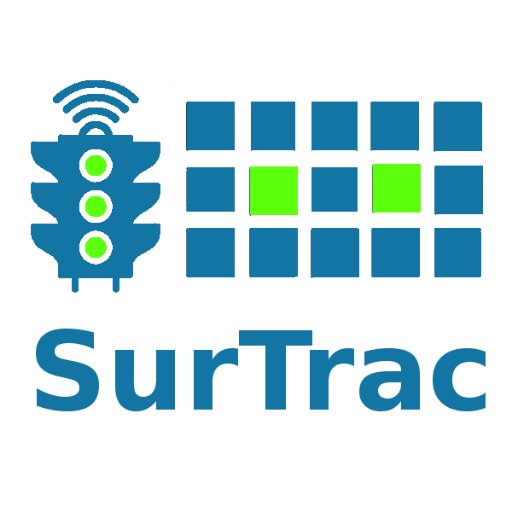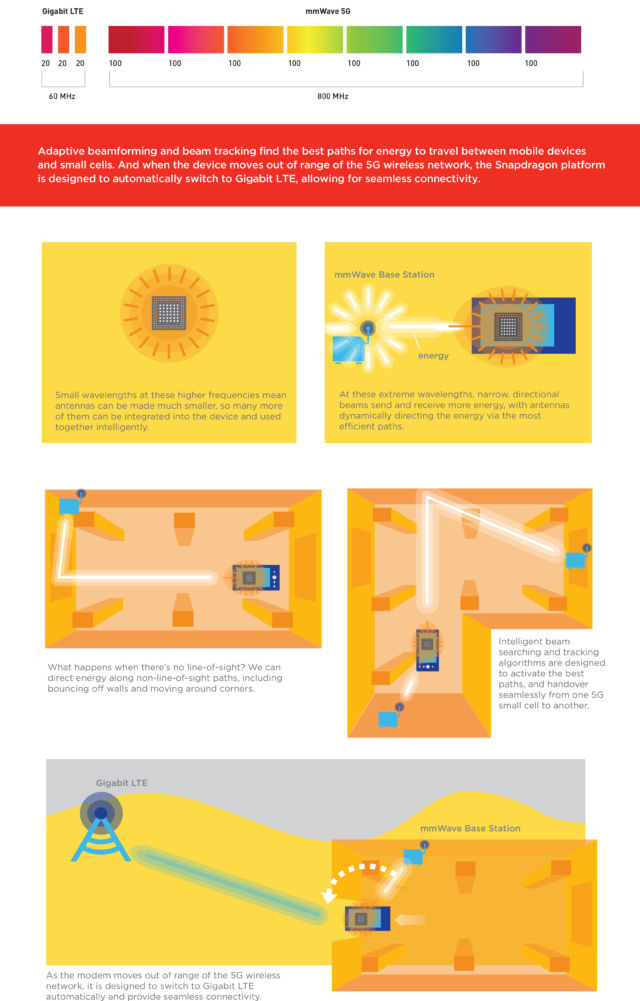As reported by Spectrum IEEE: Idling in rush-hour traffic can be mind numbing. It also carries other costs. Traffic congestion costs the U.S. economy $121 billion a year, mostly due to lost productivity, and produces about 25 billion kilograms of carbon dioxide emissions, Carnegie Mellon University professor of robotics Stephen Smith told the audience at a White House Frontiers Conference last week. In urban areas, drivers spend 40 percent of their time idling in traffic, he added.
The big reason is that today’s traffic signals are dumb. Smith is developing smart artificial-intelligence-fueled traffic signals that adapt to changing traffic conditions on the fly. His startup Surtrac is commercializing the technology.
 In pilot tests in Pittsburgh, the smart traffic management system has gotten impressive results. It reduced travel time by 25 percent and idling time by over 40 percent. That means less time spent staring out the windshield and more time working, being with your family, or doing anything else. I’m a Pittsburgh resident who has witnessed the city’s rapidly-evolving urban landscape. And I can attest to the mostly frustration-free driving that has resulted from this system despite a the city’s growing population.
In pilot tests in Pittsburgh, the smart traffic management system has gotten impressive results. It reduced travel time by 25 percent and idling time by over 40 percent. That means less time spent staring out the windshield and more time working, being with your family, or doing anything else. I’m a Pittsburgh resident who has witnessed the city’s rapidly-evolving urban landscape. And I can attest to the mostly frustration-free driving that has resulted from this system despite a the city’s growing population.
The researchers also estimate that the system cuts emissions by 21 percent. It could also save cities the cost of road-widening or eliminating street parking by boosting traffic throughput.
Conventional traffic lights have preprogrammed timing that’s updated every few years. But as traffic patterns evolve, the systems can fall out of date much more quickly that.
 The Surtrac system instead relies on computerized traffic lights coordinating closely with each other. Radar sensors and cameras at each light detect traffic. Sophisticated AI algorithms use that data to build a timing plan “that moves all the vehicles it knows about through the intersection in the most efficient way possible,” Smith says. The computer also sends the data to traffic intersections downstream so they can plan ahead.
The Surtrac system instead relies on computerized traffic lights coordinating closely with each other. Radar sensors and cameras at each light detect traffic. Sophisticated AI algorithms use that data to build a timing plan “that moves all the vehicles it knows about through the intersection in the most efficient way possible,” Smith says. The computer also sends the data to traffic intersections downstream so they can plan ahead.
Unlike other smart traffic-management systems, such as one used in Los Angeles, Smith emphasized that this one is decentralized. So each signal makes its own timing decisions, making it a truly smart system.
Smith’s team started by implementing the AI traffic control system at nine intersections in Pittsburgh’s busy East Liberty neighborhood in 2012. The network now spans 50 intersections, with plans to expand it city-wide.
The next step is to have traffic signals talk to cars. The Smith’s group has already installed short-range radios at 24 intersections. Such systems are expected to begin being built into some cars in 2017, he said. Traffic signals could then let drivers know of upcoming traffic conditions or let them know lights are about to change, increasing safety and relieving congestion.
The next step is to have traffic signals talk to cars. The Smith’s group has already installed short-range radios at 24 intersections. Such systems are expected to begin being built into some cars in 2017, he said. Traffic signals could then let drivers know of upcoming traffic conditions or let them know lights are about to change, increasing safety and relieving congestion.
A vehicle-to-infrastructure communication system could also prioritize certain vehicles. The CMU team is working with the Pittsburgh Port Authority to develop a system that prioritizes public transport buses.
Pittsburgh is also the test-bed for Uber’s self-driving cars, and Smith’s work on AI-enhanced traffic signals that talk with self-driving cars is paving the way for the ultimately fluid and efficient autonomous intersections.
















/cdn0.vox-cdn.com/uploads/chorus_asset/file/7223675/landing2.0.gif)
